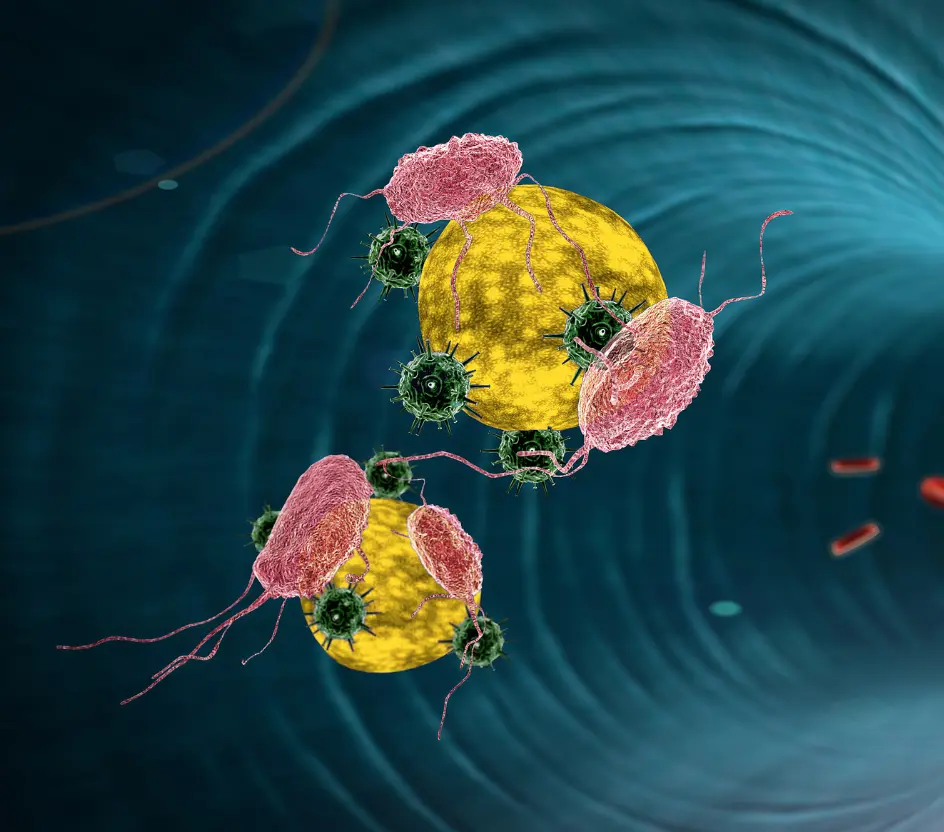History of Lipedema
Lipedema was first described in 1940 by Dr. Edgar Allen and Dr. Edgar Hines at the Mayo Clinic. Initially misunderstood and underdiagnosed, Lipedema has gained recognition over the decades, thanks to advancements in medical research and growing awareness. Today, it is increasingly recognized as a distinct medical condition that requires specialized care, though much is still unknown about its precise causes.

Lipedema - Beginning to Now
The history of lipedema can be traced back to the 1940’s when Drs. Allen and Hines were the first to identify and describe the condition. They noticed a distinct pattern of fat distribution in women, specifically an enlargement of the lower limbs, which appeared to be symmetrical. They coined the term “lipedema” to describe this phenomenon.
1940s: Drs. Allen and Hines are the first to identify and describe lipedema as a symmetrical enlargement of the lower limbs in women.
1960s-1990s: Lipedema remains relatively unknown and often misdiagnosed or overlooked, with limited research and understanding of the condition.
2002: Dr. Karen Herbst, an endocrinologist, publishes a comprehensive review on lipedema, contributing to increased awareness and recognition of the condition.
2008: The British Lymphology Society includes lipedema as a separate entity in their guidelines, highlighting the need for early recognition and appropriate management.
2011: The Fat Disorders Research Society (FDRS) is established in the United States, focusing on promoting research, education, and support for individuals with lipedema and other fat disorders.
2014: The Lipedema Project is launched, dedicated to raising awareness, promoting research, and providing resources for lipedema.
2016: The International Lipedema Society (ILS) is formed, aiming to support and empower those affected by lipedema through education, advocacy, and community-building.
2018: The Lipedema Foundation is established, with a focus on advancing scientific research and finding effective treatments for lipedema.
2020: The British Journal of Dermatology publishes updated international consensus guidelines for the diagnosis and management of lipedema, providing standardized criteria and recommendations.
2021: The Lymphatic Education & Research Network (LE&RN) includes lipedema in their mission and advocacy efforts, emphasizing the need for recognition and support for individuals with lipedema.
2022: St Vincent’s Institute researchers in Melbourne, Australia identify an abnormal stem cell involved in lipedema, as well as a gene (Bub1) that causes its sufferer’s fat cells to multiply in a similar way to cancer cells.
